|
I am a Research Scientist at Foundation Models Team at Apple AIML. I did my Ph.D. at Multimedia Lab (MMLab), at the Chinese University of Hong Kong, supervised by Prof. Xiaogang Wang and Prof. Hongsheng Li. I have been fortunate to intern at Meta FAIR and Samsung AI Center-Cambridge. My research interests lie in Multimodal Foundation Models and their applications, particularly in vision-language alignment, video understanding, and generative tasks. |
|
|
|
| 10-2024 | New! Math-Vision is accepted in NeurIPS 2024 Datasets and Benchmarks Track! |
| 07-2024 | New! We release SAM 2, a unified model for real-time, promptable video object segmentation. |
| 06-2024 | We release Math-Vision, a benchmark for evaluating the mathematical reasoning abilities of LMMs. |
| 09-2023 | JourneyDB is accepted in NeurIPS 2023 Datasets and Benchmarks Track! |
| 07-2023 | We release JourneyDB, a large-scale benchmark for multimodal generative image understanding. |
| 05-2023 | Starting my internship as a research scientist Intern at Meta AI (FAIR). |
| 09-2022 | Our paper ST-Adapter on efficient image-to-video transfer learning is accepted to NeurIPS 2022. |
|
|
|
|
Nikhila Ravi, Valentin Gabeur, Yuan-Ting Hu, Ronghang Hu, Chaitanya Ryali, Tengyu Ma, Haitham Khedr, Roman Rädle, Chloe Rolland, Laura Gustafson, Eric Mintun, Junting Pan, Kalyan Vasudev Alwala, Nicolas Carion,Chao-Yuan Wu Ross Girshick, Piotr Dollár, Christoph Feichtenhofer Arxiv, 2024 [paper] [website] [demo] [code] We present Segment Anything Model 2 (SAM 2 ), a foundation model towards solving promptable visual segmentation in images and videos. |
 
|
Ke Wang*, Junting Pan*, Weikang Shi*, Zimu Lu, Mingjie Zhan, Hongsheng Li NeurIPS DB, 2024 [paper] [website] [code] Math-Vision (Math-V), a curated collection of 3,040 high-quality mathematical problems with visual contexts sourced from real math competitions that provides a comprehensive and diverse set of challenges for evaluating the mathematical reasoning abilities of LMMs. |
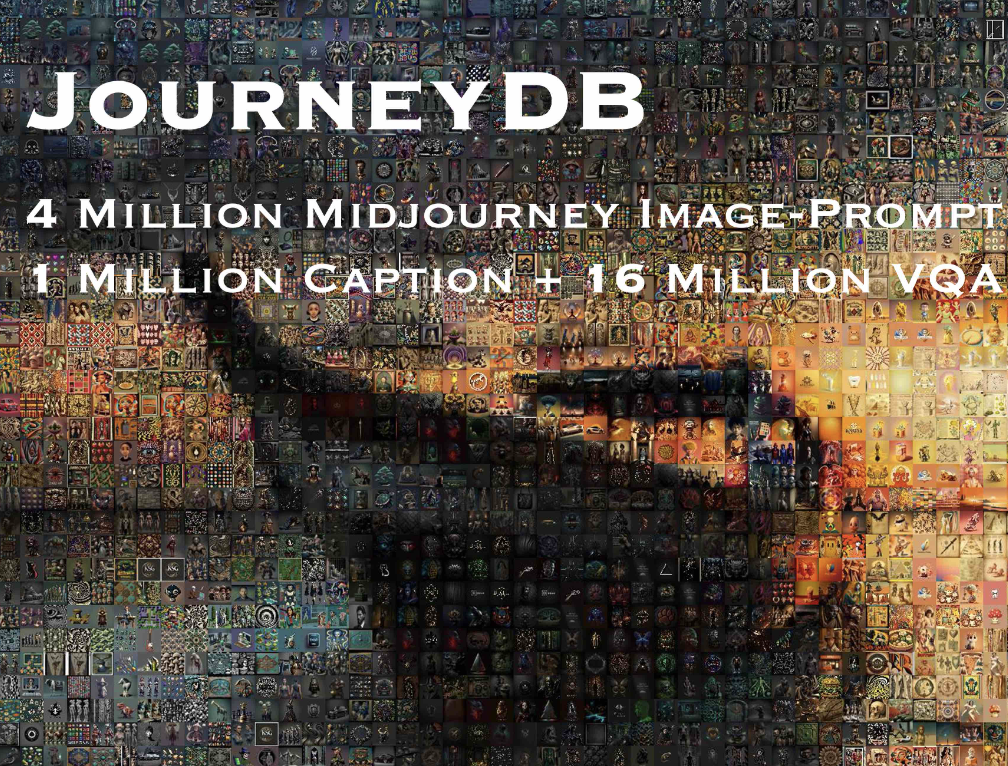 
|
Junting Pan*, Keqiang Sun*, Yunying Ge, Hao Li, Haodong Duan, Xiaoshi Wu, Renrui Zhang, Aojun Zhou, Zipeng Qin, Yi Wang, Jifeng Dai, Liming Wang, Yu Qiao, Hongsheng Li NeurIPS DB, 2023 [paper] [website] JourneyDB is a large-scale generated image understanding dataset that contains 4,4M high-resolution generated images, annotated with corresponding text prompt, image caption, and visual question answering. |
 
|
Junting Pan, Ziyi Lin, Yuying Ge, Xiatian Zhu, Renrui Zhang, Yi Wang, Yu Qiao, Hongsheng Li ICCVW, 2023 [paper] We propose a simple yet effective Retrieving-to-Answer (R2A) framework and achieves SOTA videoQA with zero training. |
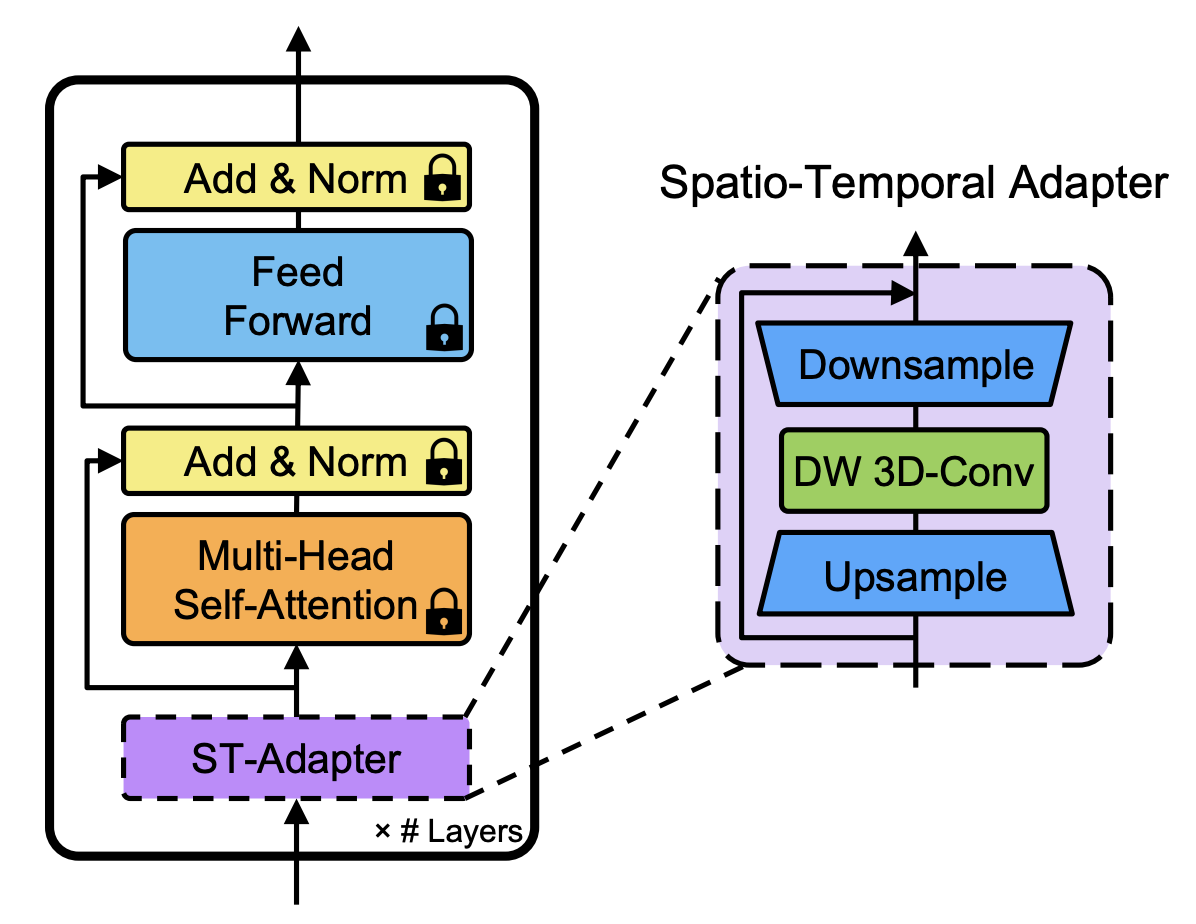 
|
Junting Pan, Ziyi Lin, Xiatian Zhu, Jing Shao, Hongsheng Li NeurIPS, 2022 [paper] [code] We propose a SpatioTemporal Adapter (ST-Adapter) for image-to-video transfer learning. With ~20 times fewer parameters, we achieve on-par or better results compared to full fine-tuning strategy and state-of-theart video models. |
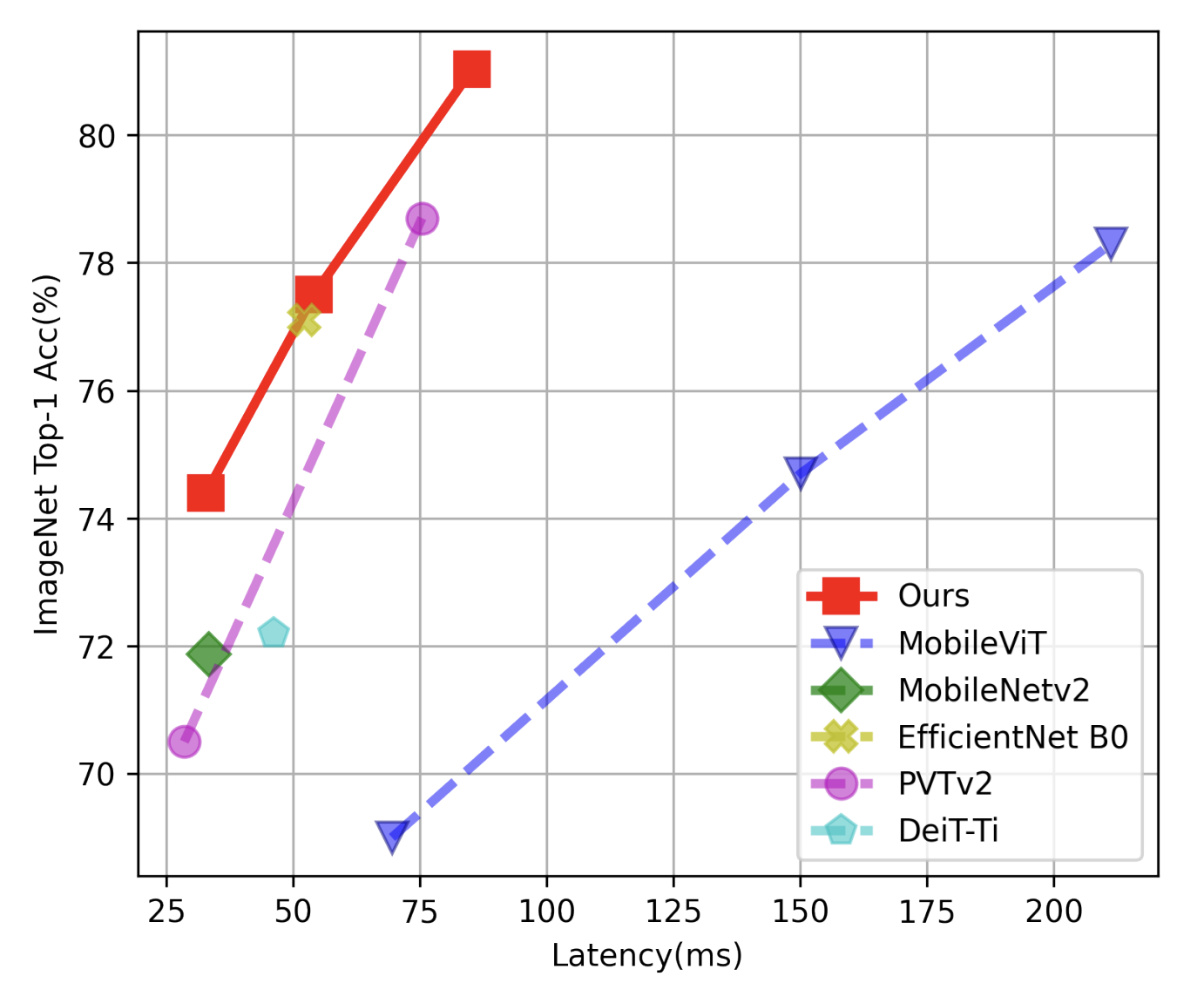 
|
Junting Pan, Adrian Bulat, Fuwen Tan, Xiatian Zhu, Lukasz Dudziak, Hongsheng Li, Georgios Tzimiropoulos, Brais Martinez ECCV, 2022 [paper] [code] We introduce EdgeViTs, a new family of light-weight ViTs that for the first time, enable attention based vision models to compete with the best light-weight CNNs in the tradeoff between accuracy and on device efficiency. |
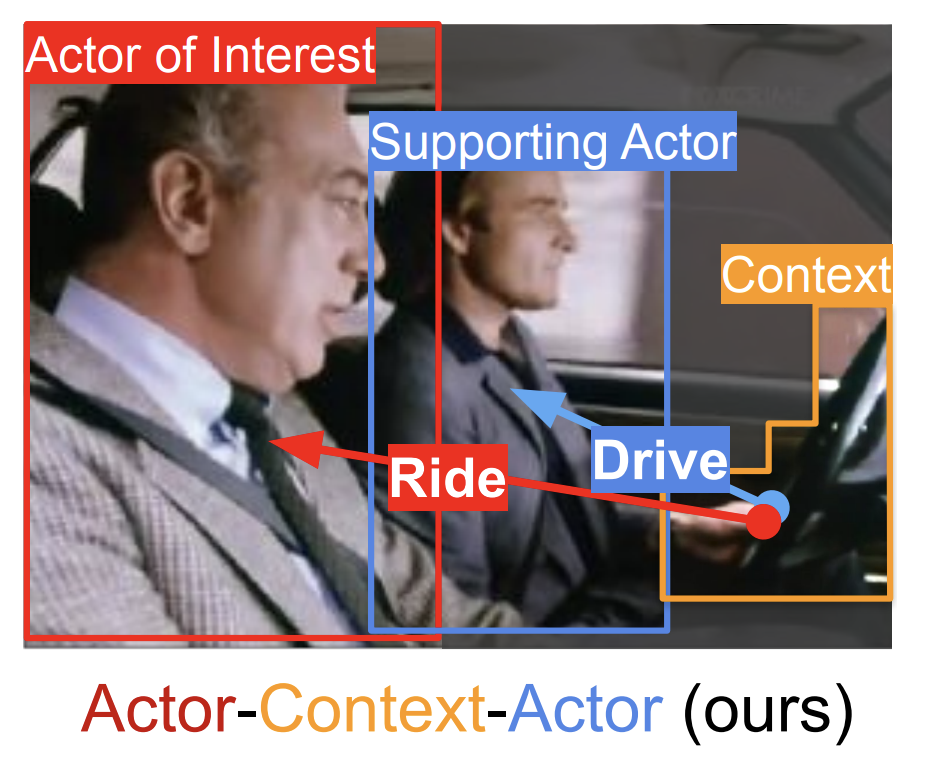 
|
Junting Pan*, Siyu Chen*, Jing Shao, Zheng Shou, Hongsheng Li CVPR, 2021 [paper] [code] We propose to explicitly model the Actor-Context-Actor Relation, which is the relation between two actors based on their interactions with the context. Notably, our method ranks first in the AVA-Kinetics action localization task of ActivityNet Challenge 2020, outperforming other entries by a significant margin (+6.71mAP). |
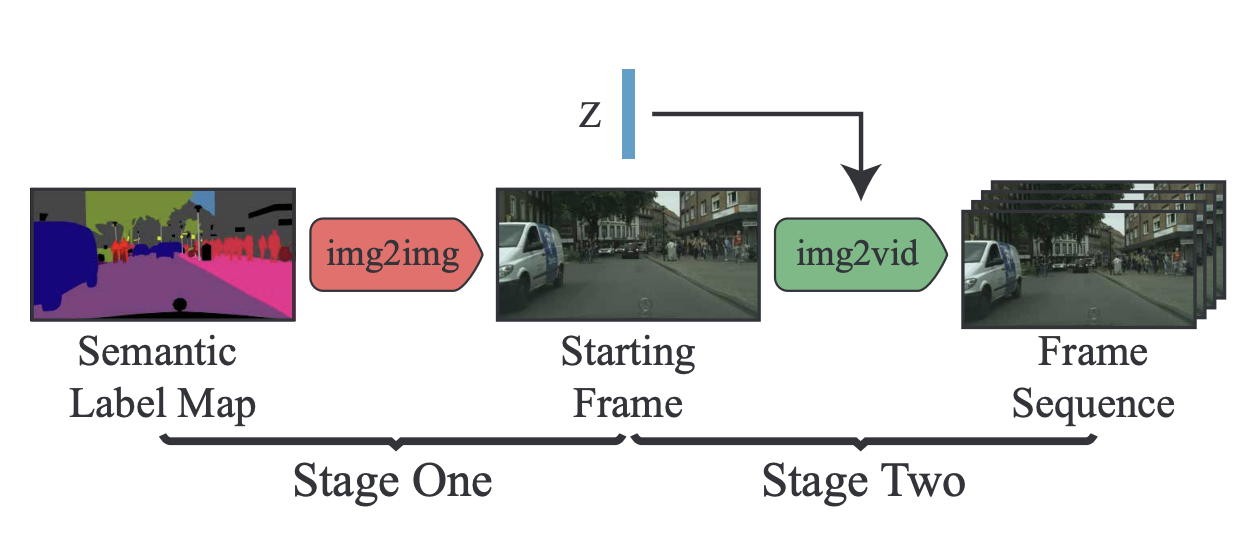 
|
Junting Pan, Chengyu Wang, Xu Jia, Jing Shao, Lv Sheng, Junjie Yan, Xiaogang Wang CVPR, 2019 [paper] [code] We present a two-stage framework for video synthesis conditioned on a single semantic label map. At the first stage, we generate the starting frame from a semantic label map. Then, we propose a flow prediction network to transform the initial frame to a video sequence. |
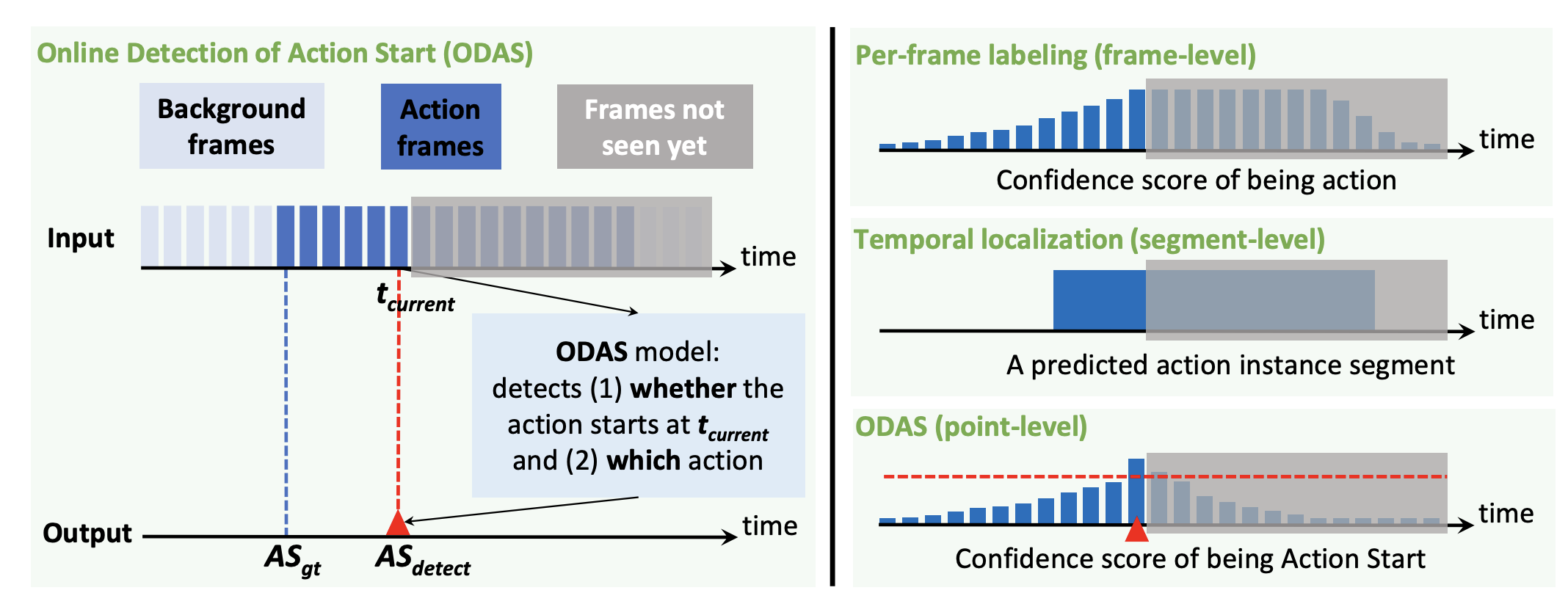 
|
Junting Pan*, Zheng Shou*, JJonathan Chan, Kazuyuki Miyazawa, Hassan Mansour, Anthony Vetro, Xavier Giro-i-Nieto, Shih-Fu Chang ECCV, 2018 [paper] We present a novel Online Detection of Action Start task in a practical setting involving untrimmed, unconstrained videos. Three training methods have been proposed to specifically improve the capability of ODAS models in detecting action timely and accurately. |
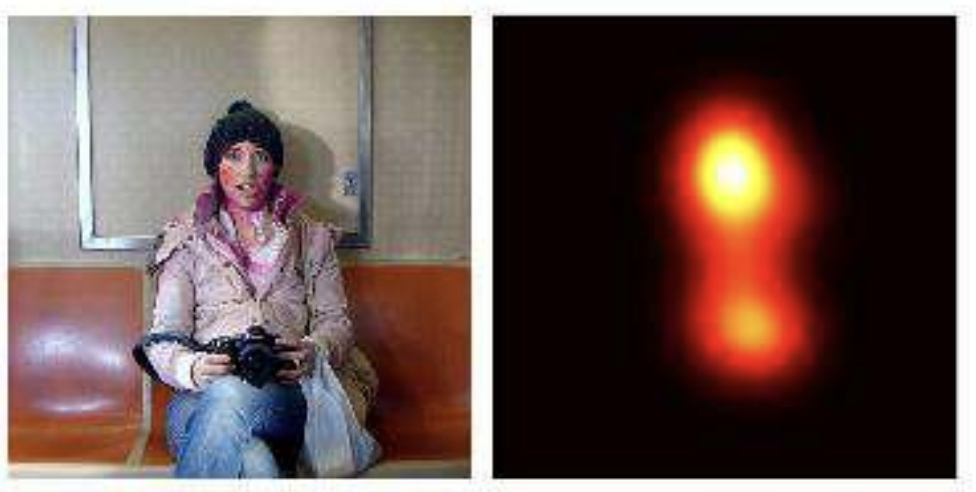 
|
Junting Pan*, Kevin McGuinness*, Noel O'Connor, Elisa Sayrol, Xavier Giro-i-Nieto CVPR, 2016 [paper] [code] We present the first end-to-end CNN based saliency prediction network. |
|
cr: J.Baron |